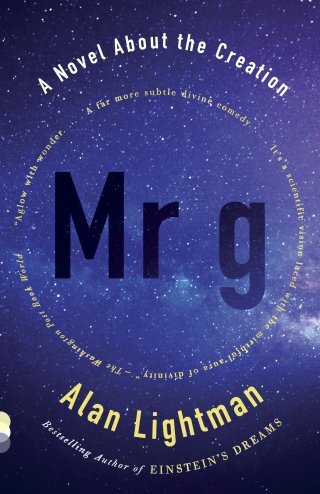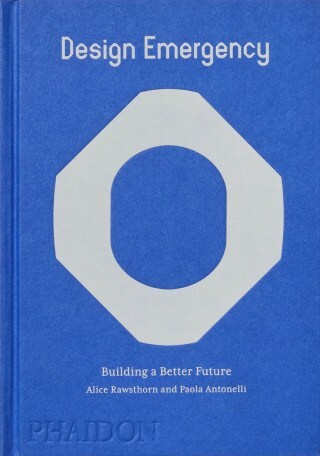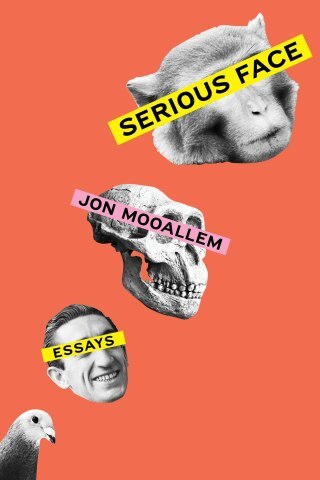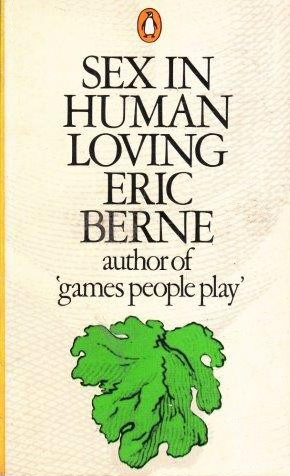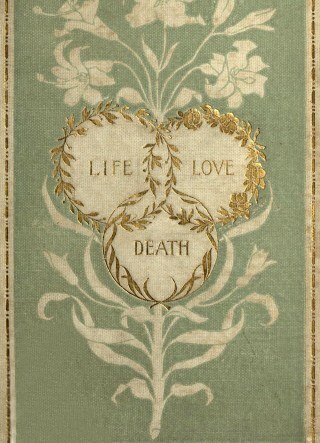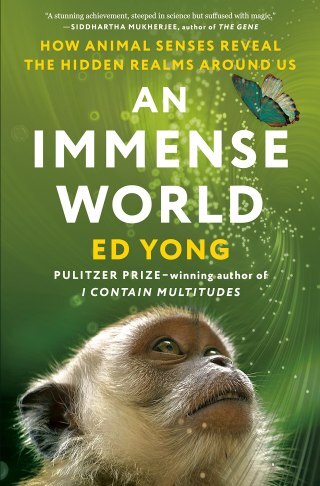Maria Popova's Blog, page 62
August 15, 2022
A Language for the Exhilaration of Being Alive: The Poetic Physicist Alan Lightman on Music and the Universe
“Matter delights in music, and became Bach,” Ronald Johnson wrote in his stunning 1980 prose poem about music and the mind. This may be why music so moves and rearranges and harmonizes us, why in it we become most fully ourselves — “atoms with consciousness,” axons with feeling. When music courses through us, we are reminded that th...
August 14, 2022
From Living Tree Bridges to AI Systems: A Design Catalogue of Optimism and Resilience for a More Livable Future
In the summer of 1948, Black Mountain College informed a class of students that the star architect whose class they had signed up to take had cancelled; he was to be replaced by a Harvard dropout who had never taught before.
What neither the students nor the college knew is that Buckminster Fuller was lucky to be alive at all. A quarter century earlier, when his business went into bankruptcy and his four-year-old daughter die...
Why Are We Not Better Than We Are: How Poetry Saves Lives
“A life of patient suffering… is a better poem in itself than we can any of us write,” the young poet Anne Reeve Aldrich wrote to Emily Dickinson shortly before her untimely death. “It is only through the gates of suffering, either mental or physical, that we can pass into that tender sympathy with the griefs of all of mankind which it ought to be the ideal of every soul to attain.”
Sufferin...
August 13, 2022
Eric Berne on the True Meaning of Intimacy, the Greatest Obstacle to It, and How to Transcend It
We move among surfaces. If we are lucky enough, if we are courageous enough, every once in a while we dive into the depths with another. It is not easy, because even through our best self-awareness, we remain largely unfathomable to ourselves. To reach the nether fathoms with another is a transcendent terror — one we can only bear for a litt...
August 11, 2022
How to Bear Your Suffering: The Young Poet Anne Reeve Aldrich’s Extraordinary Letter to Emily Dickinson
“What happened could have happened to anyone, but not everyone could have carried on,” Marcus Aurelius wrote in his Stoic strategy for turning suffering into strength.
Two millennia later, the young poet Anne Reeve Aldrich (April 25, 1866–June 28, 1892) attested to this insight with her life, ...
August 10, 2022
Psychedelic Dinosaurs, Four-Dimensional Hummingbirds, and How We Got Our Vision: Color, Consciousness, and the Dazzling Universe of Tetrachromacy
Without color, life would be a mistake. I mean this both existentially and evolutionarily: Color is not only our primary sensorium of beauty — that aesthetic rapture without which life would be a desert of the soul — but color is how we came to exist in the first place. Our perception of color, like our entire perceptual experience, is part of our creaturely inheritance and bounded by it — experience that differs wildl...
August 9, 2022
The Milky Way, the Pond, and the Meaning of Life: Thoreau on Solitude, Sympathy, and the Salve for Melancholy
 “These are the times in life — when nothing happens — but in quietness the soul expands,” the artist Rockwell Kent wrote as he was finding himself on the solitary shores of Alaska, contemplating the relationship between wilderness, solitude, and creativity while immersed in the writings of the Transcendentalist philosopher and poet Henry David Thoreau (July 12, 1817–May 6, 1862).
“These are the times in life — when nothing happens — but in quietness the soul expands,” the artist Rockwell Kent wrote as he was finding himself on the solitary shores of Alaska, contemplating the relationship between wilderness, solitude, and creativity while immersed in the writings of the Transcendentalist philosopher and poet Henry David Thoreau (July 12, 1817–May 6, 1862).
Since its ...
August 7, 2022
The Soul, the Universe, and the Vastness of Music: Composer Caroline Shaw Brings Whitman and Tennyson to Life in the Spirit of the Golden Record
“After silence that which comes nearest to expressing the inexpressible is music,” Aldous Huxley wrote as he contemplated the transcendent power of music half a century before this supreme hallmark of our species sailed into the eternal silence of spacetime aboard the Voyager, encoded on the Golden Record as the sonic fingerprint of what we yearn for and what we are — “atoms with consciousness.”
 The rings of Saturn, captured by...
The rings of Saturn, captured by...
Fantastic Toys: German Artist Monika Beisner’s Vintage Celebration of the Unselfconscious Imagination

A generation before David Byrne illustrated his delightful dingbat history of the future, and three years before the Italian artist, architect, and designer Luigi Serafini created his astonishing encyclopedia of imaginary objects, the German artist Monika Beisner anticipated both conceptual seeds in her 1973 gem Fantastic Toys (public library) — a wondrous catalogue of imaginary toys, ranging from jumping boots (“green with yellow laces”) for joining the b...

